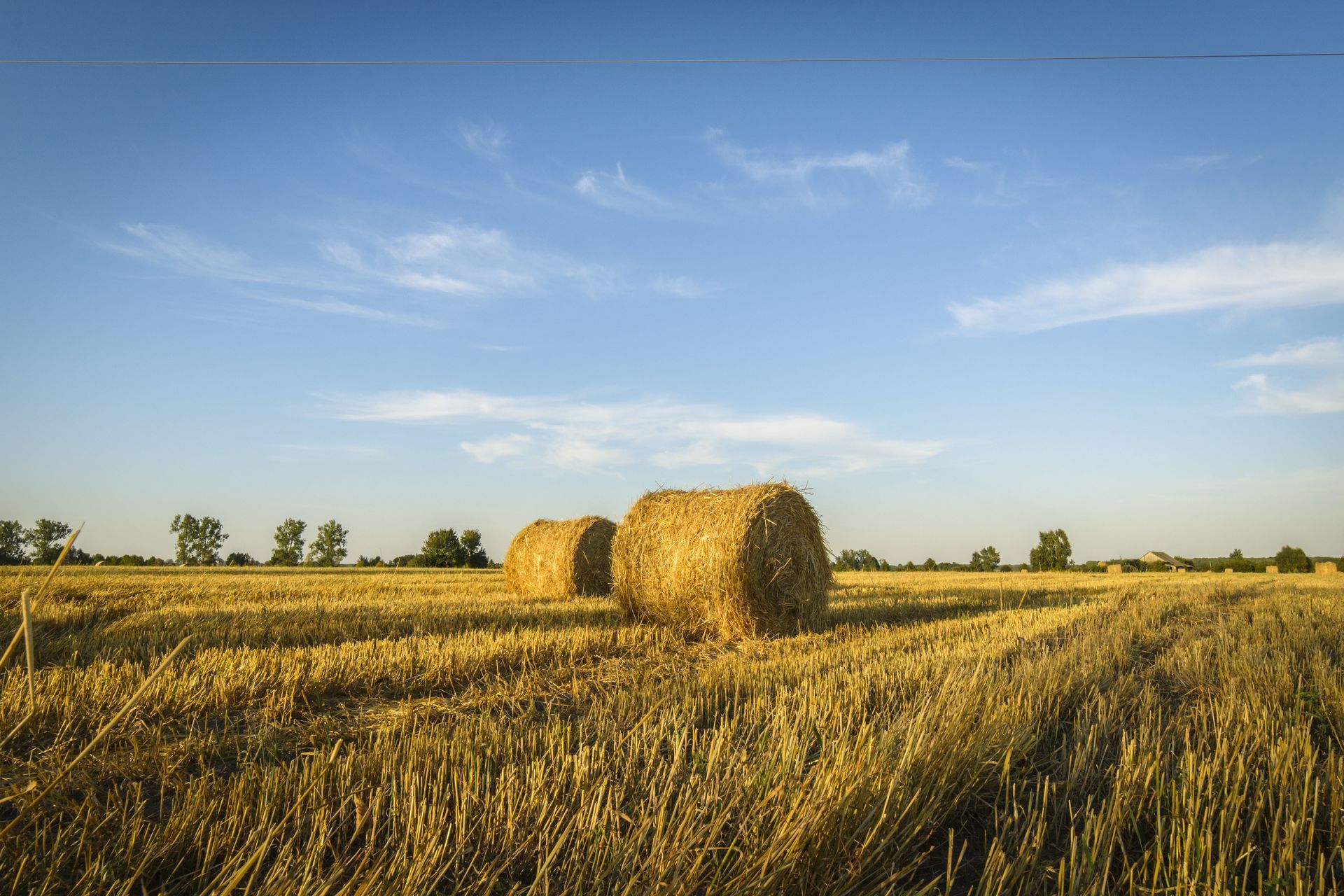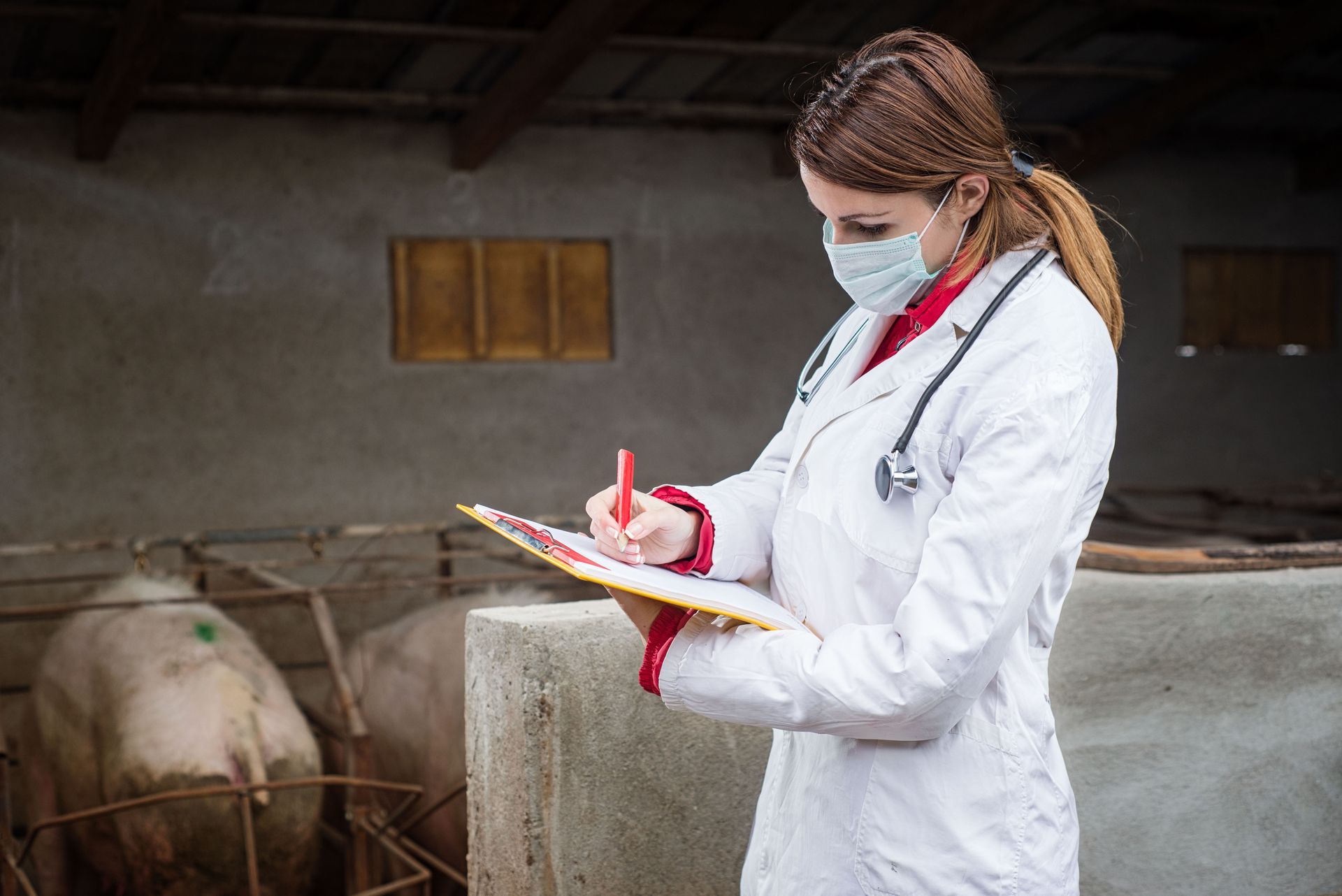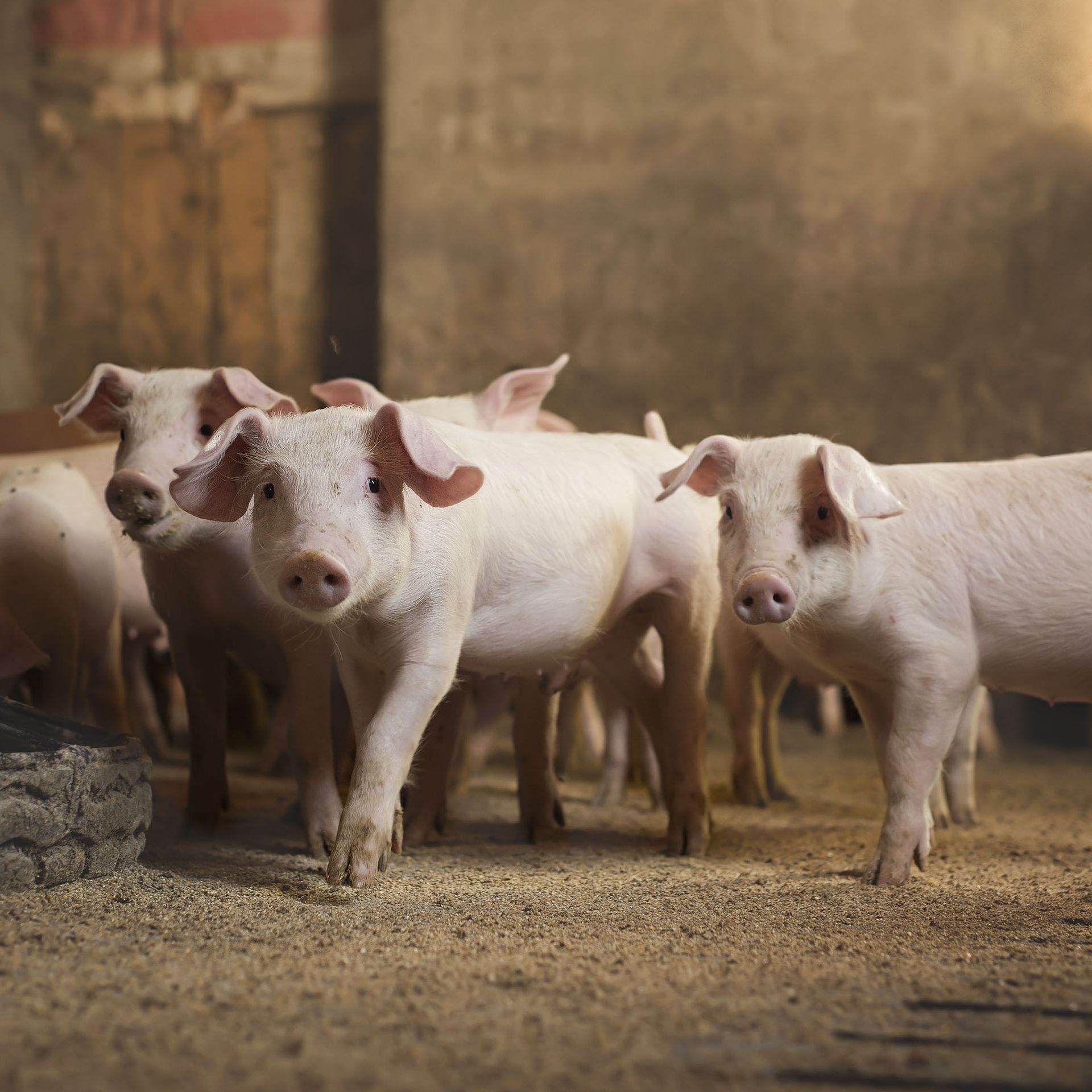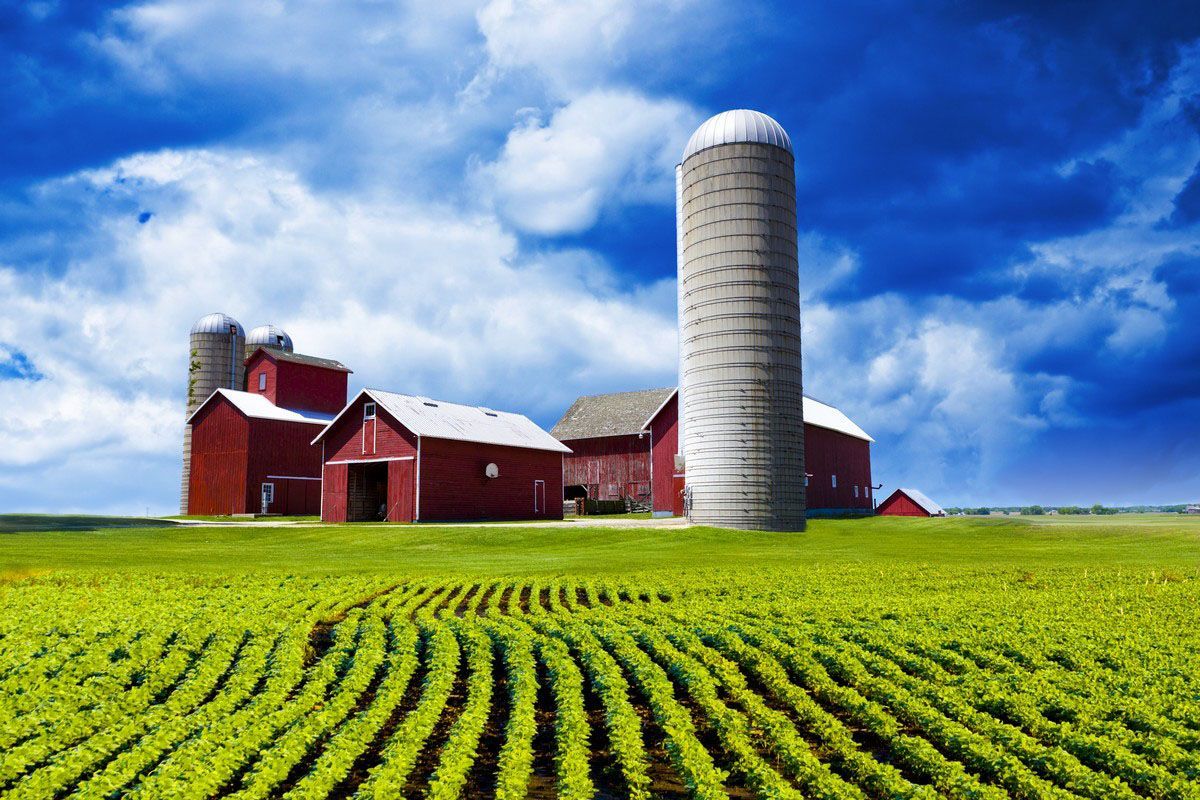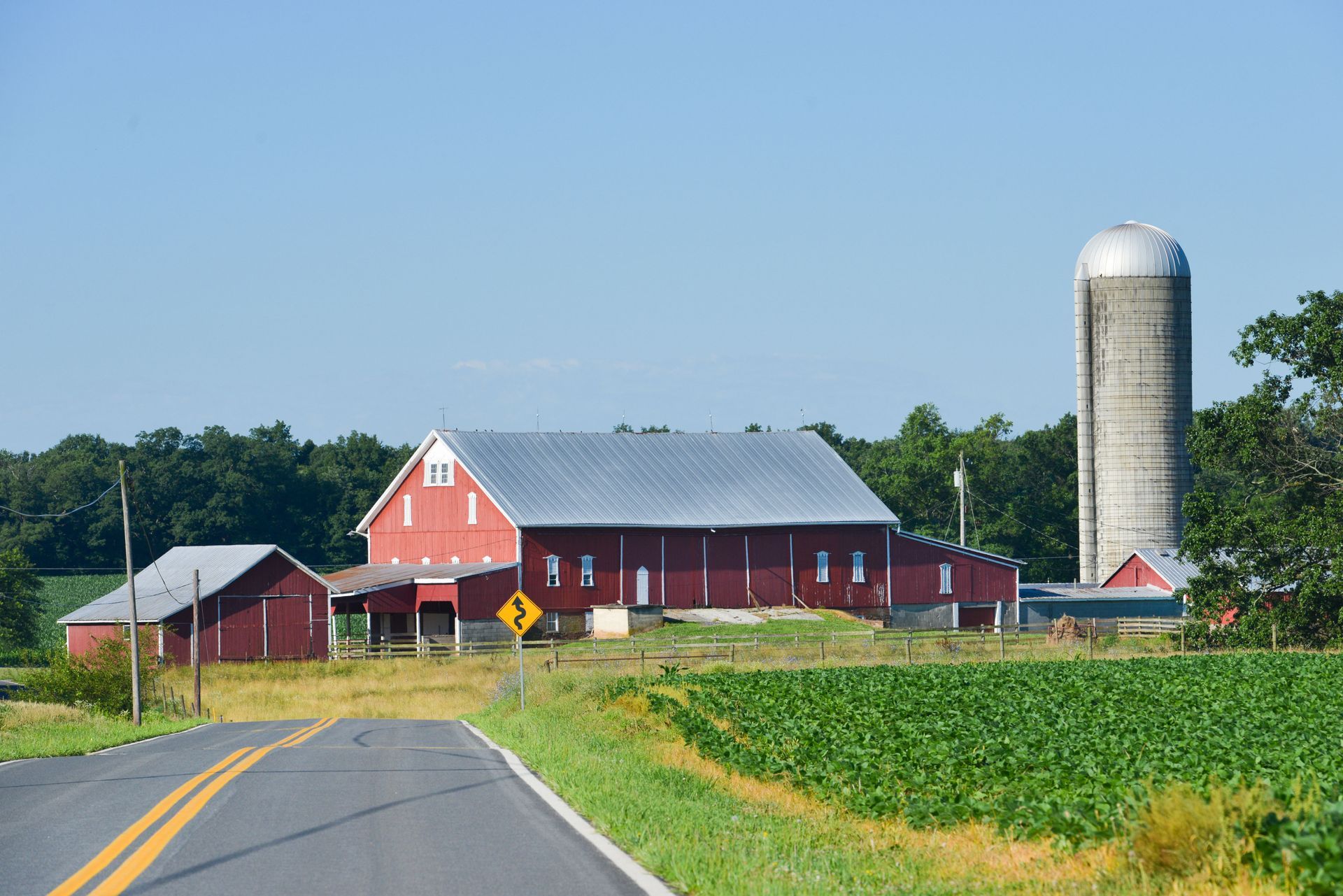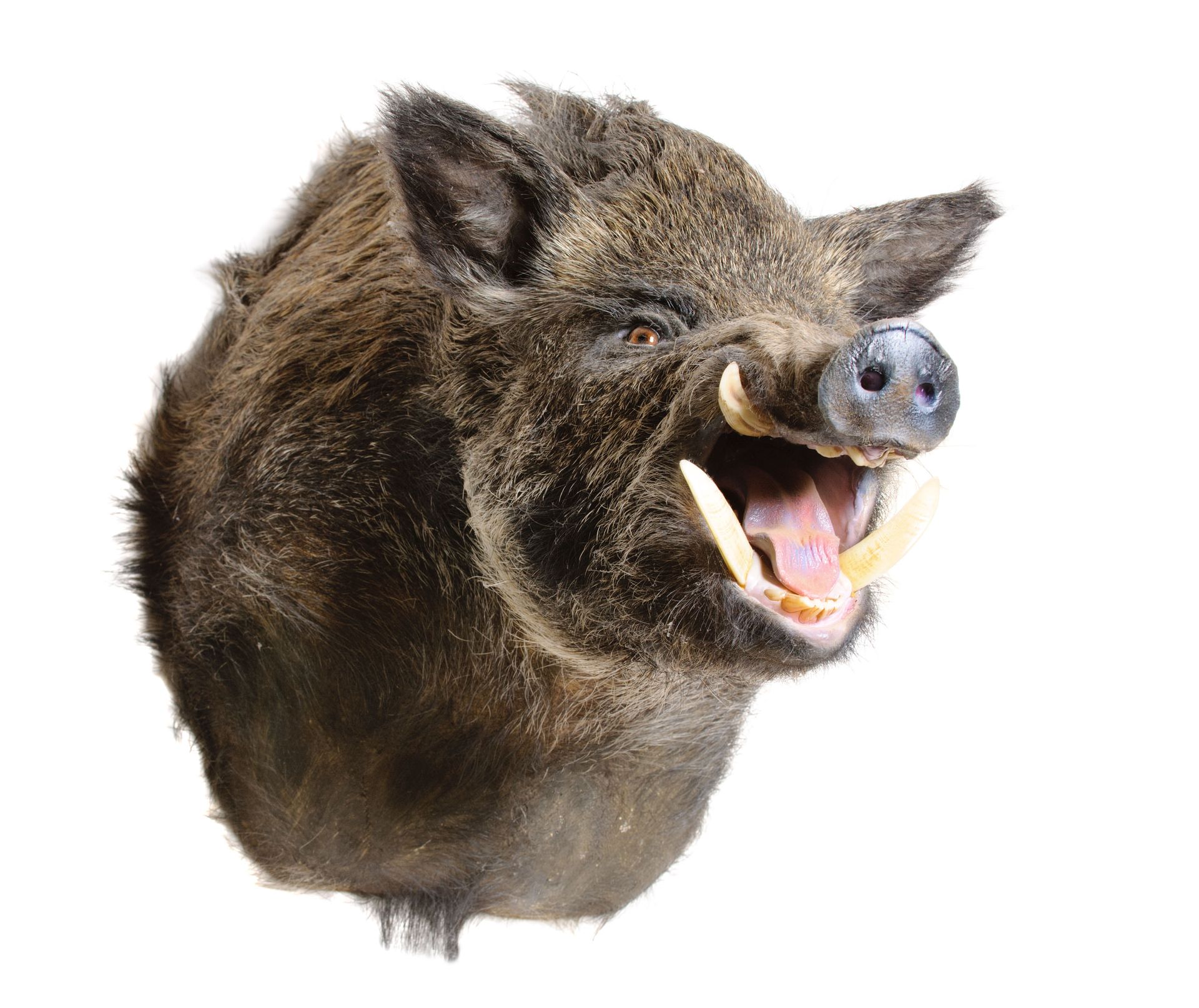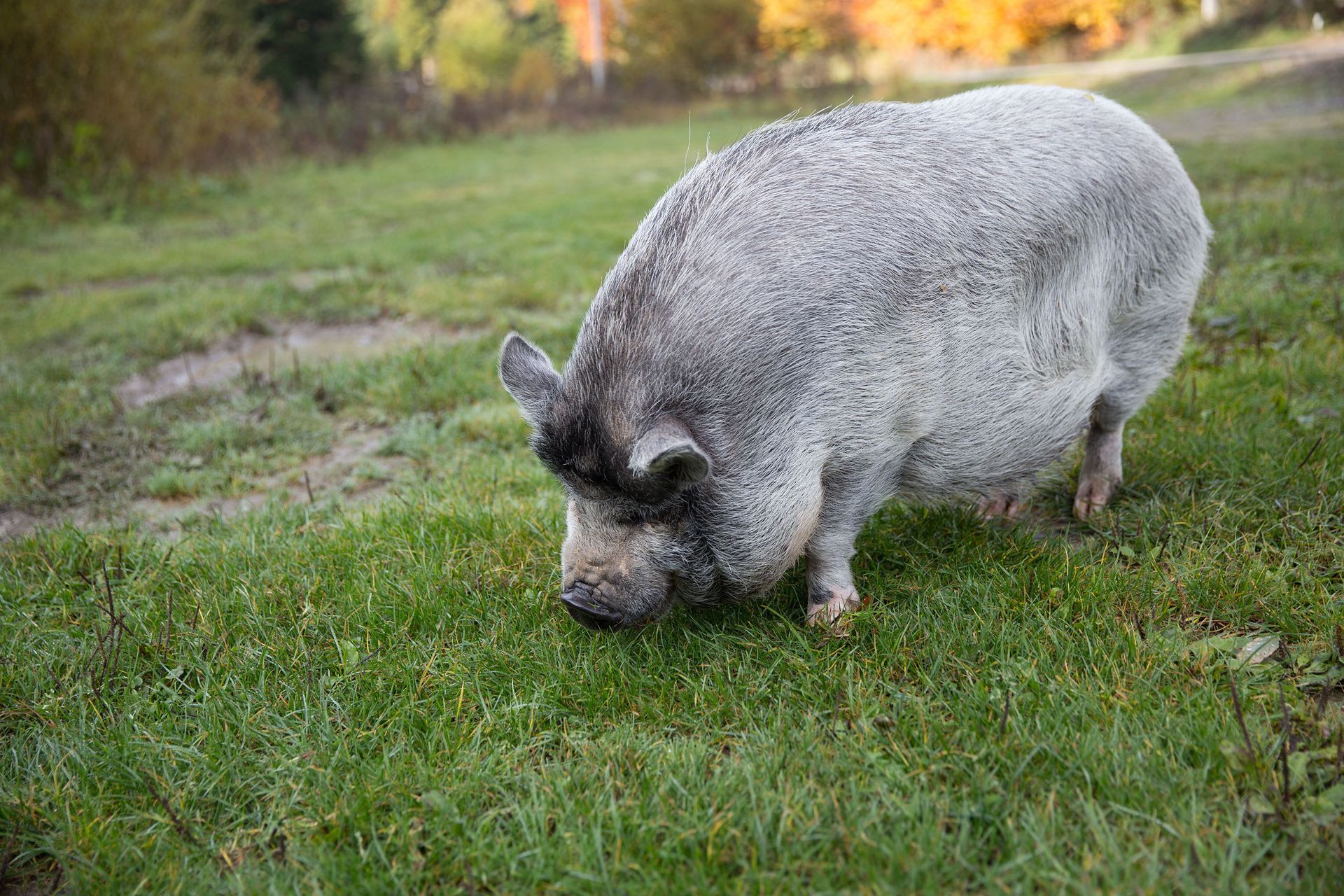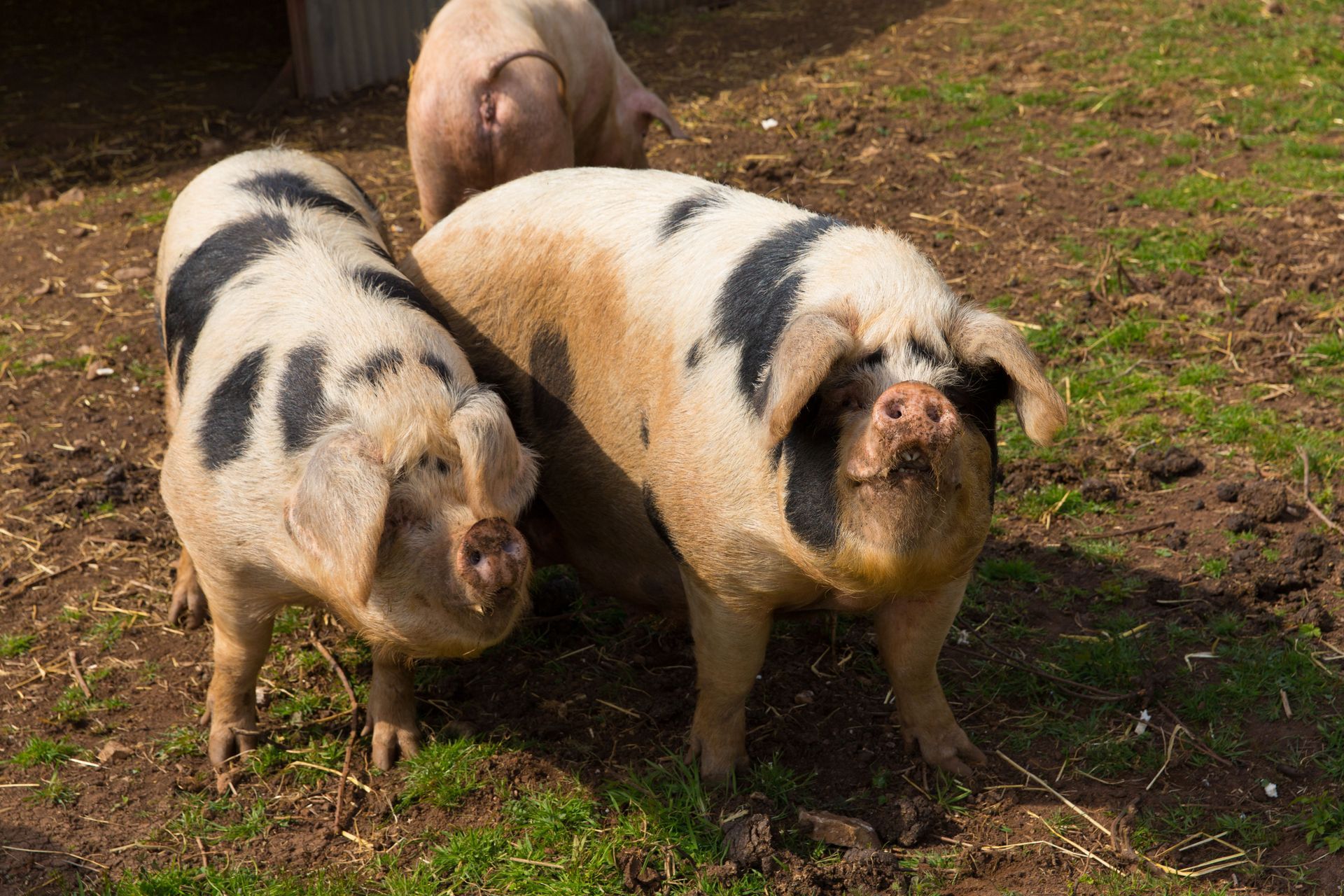July 30, 2025
Managing wild hogs effectively begins with choosing the right trap for your land. These invasive animals can be found in 35 states, according to the U.S. Department of Agriculture, and their destructive behavior makes population control a growing priority. This guide helps property owners select the ideal hog trap size based on property features, hog behavior, and management goals. By understanding wild hog habits and the best trapping strategies, landowners can reduce property damage and promote long-term control.
Understanding Wild Hog Behavior
To trap wild hogs effectively, it's important to understand how they behave. Their movement patterns, group dynamics, and responses to environmental factors all influence how and where hog traps should be deployed. Recognizing these behaviors can make the difference between random attempts and an organized, successful trapping strategy.
Considering Hog Social Structure
Wild hogs are social creatures, often found in sounders, a group of related females and their young. Mature boars are more solitary, occasionally forming small bachelor groups. This social dynamic is important to consider when selecting trap size and type. Hog traps that are too small may only capture one or two hogs, allowing the rest of the sounder to escape. Corral traps, which accommodate multiple hogs, are often more effective for targeting these groups and preventing dispersal.
Their high reproductive rate makes sounder targeting even more critical. In our experience, sows can have two litters a year, so reducing entire groups at once is essential for long-term control. In certain seasons, female hogs may range further in search of food for their young, making trap placement timing an important factor. Property owners who plan around these cycles will have a better chance of capturing hogs effectively.
Considering Seasonal Shifts in Behavior
Seasonality has a strong influence on hog activity. During summer, hogs may cluster around water-rich or shaded areas, while winter may push them to group together more closely for warmth. Breeding season also brings behavioral shifts, especially among boars, who roam further in search of mates. These patterns affect both movement and foraging, making seasonal trap placement a vital part of your management strategy.
Property owners can use trail cameras and tracking tools to monitor seasonal movements and adjust trap locations accordingly. Hogs will travel greater distances during dry or cold periods in search of food and water, which increases your chances of capturing them if you anticipate their movements. Recognizing these patterns ensures hog traps are ready at the most opportune times.
Considering Hogs Reaction to Human Activity
Wild hogs have become increasingly nocturnal and wary of human presence. This adaptation makes it harder to observe them directly, requiring property owners to rely on technology like infrared cameras for monitoring. Hogs may avoid areas with frequent human activity, so traps are best placed in quieter zones to increase capture rates.
Despite this caution, strong-smelling bait can still attract hogs, even near areas with minor human scent. Property owners should rotate bait types and locations regularly to prevent trap shyness. Adapting to hog behavior through non-disruptive monitoring and flexible baiting strategies will improve long-term success.
Evaluating Property Characteristics
Every property is different, and the landscape plays a critical role in determining the most effective trap type and placement. Evaluating the size, terrain, water access, and vegetation on your land helps tailor your strategy. By aligning traps with natural hog behavior and site conditions, property owners can significantly improve capture rates.
Considering Property Size and Hog Traffic
Larger properties generally host larger hog populations, which often require equally large hog traps such as corral systems. On smaller properties, box traps may be sufficient, but it's still essential to assess high-traffic areas before installation. Monitoring rooting sites, trails, and wallows can help identify where hogs are most active.
Deploying trail cameras or using GPS tracking data can provide a clearer picture of hog movement across your land. Focus trapping efforts on travel corridors between food and water sources, and adjust trap size based on the number of hogs observed. High-traffic zones are the most strategic places for initial installations.
Considering Land Features and Accessibility
Terrain plays a key role in trap placement. Hogs often prefer flat, open areas for travel but retreat to dense cover for safety. Placing traps along these transition zones can yield high catch rates. Hills, ridges, or forest barriers may influence where hogs travel and where traps can be realistically maintained.
Accessibility also matters. Hog traps should be easy to check and maintain, especially during peak trapping seasons. On difficult terrain, portable or lightweight trap models may be ideal. Choose locations that balance hog activity with access for frequent monitoring and upkeep.
Considering Water and Vegetation as Attractants
Hogs need daily access to water, making ponds, creeks, and watering holes key trapping locations. In dry months, hogs concentrate near remaining water sources, offering excellent opportunities for population control. Vegetative cover also attracts hogs for both food and shelter, and traps placed near dense thickets or agricultural fields often see better results.
Seasonal changes in vegetation may also shift hog movement, as some areas become more or less desirable based on cover or available food. Regularly assess which zones provide the most shelter and adjust trap locations accordingly. Using vegetation and water resources strategically can dramatically improve trapping success.
Choosing the Right Trap Type
Once you understand your hog problem and the layout of your property, it's time to choose the right trap type. There are several trap designs available, each with its own benefits and limitations. Selecting the right one will depend on your land size, hog density, and your goals for removal.
Considering Box Traps vs. Corral Traps
Box traps are smaller and easier to move, making them ideal for targeting individual hogs or using in tight spaces. However, their limited capacity means they're not as effective for population-level control. These hog traps are best for light infestations or areas where mobility is essential.
Corral traps are much larger and can catch entire sounders at once. While they require more setup and space, they provide the best option for large-scale removals. They're particularly effective in areas with high hog traffic and on properties where larger populations are consistently observed. For property owners serious about hog control, corral traps offer the most efficient return on investment.
Choosing the right size hog trap depends on your property's size, terrain, hog population, and goals. Corral traps offer efficient solutions for large areas and high traffic, while box traps and snares can support smaller or harder-to-access zones. Monitoring seasonal behavior, water access, and land features will help inform the best trapping locations and methods.
Managing wild hogs is an ongoing challenge, but with the right knowledge and tools, landowners can take proactive steps to reduce property damage and control populations. Combining an understanding of hog behavior with smart trap deployment creates the most effective long-term strategy. Whether dealing with a single boar or a full sounder, thoughtful planning is key to trapping success. If you need assistance deciding which hog traps are appropriate for your property in Texas or Oklahoma, look no further than our expert team at Hog Brothers. Contact us today to discuss your needs and find out more about the high-quality hog trap products and accessories we offer!
